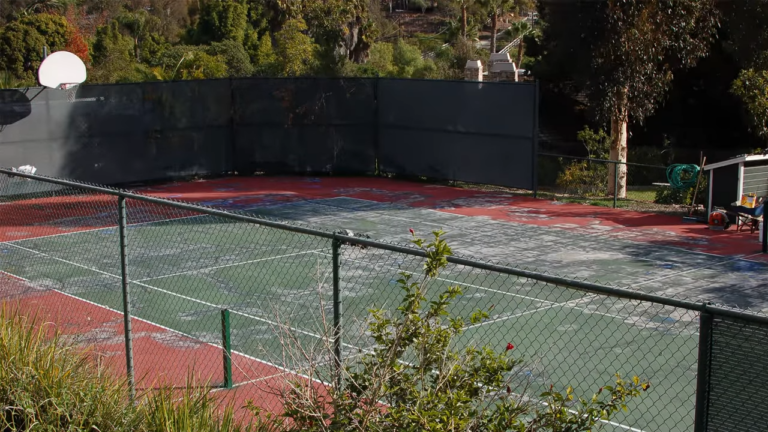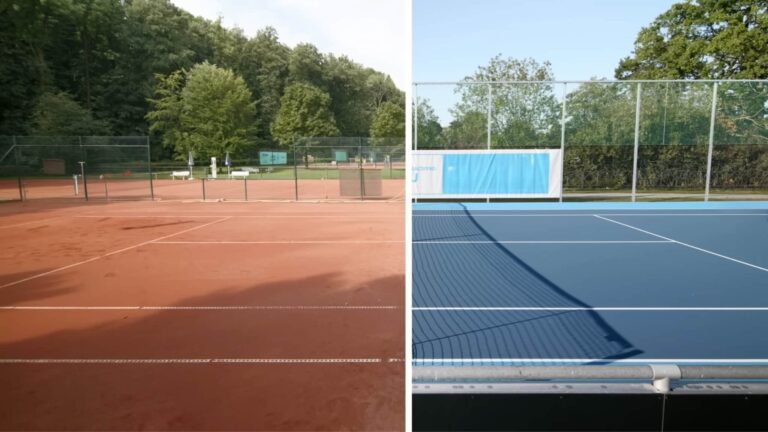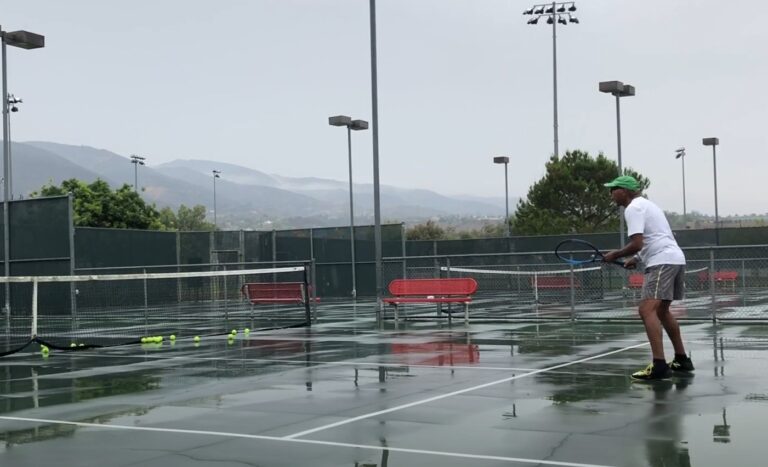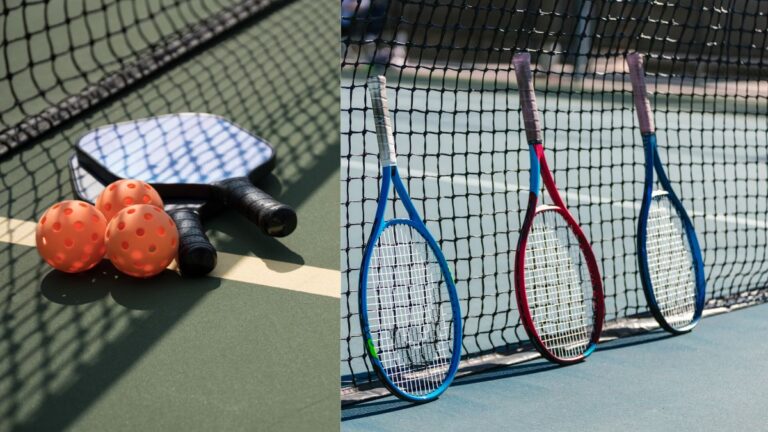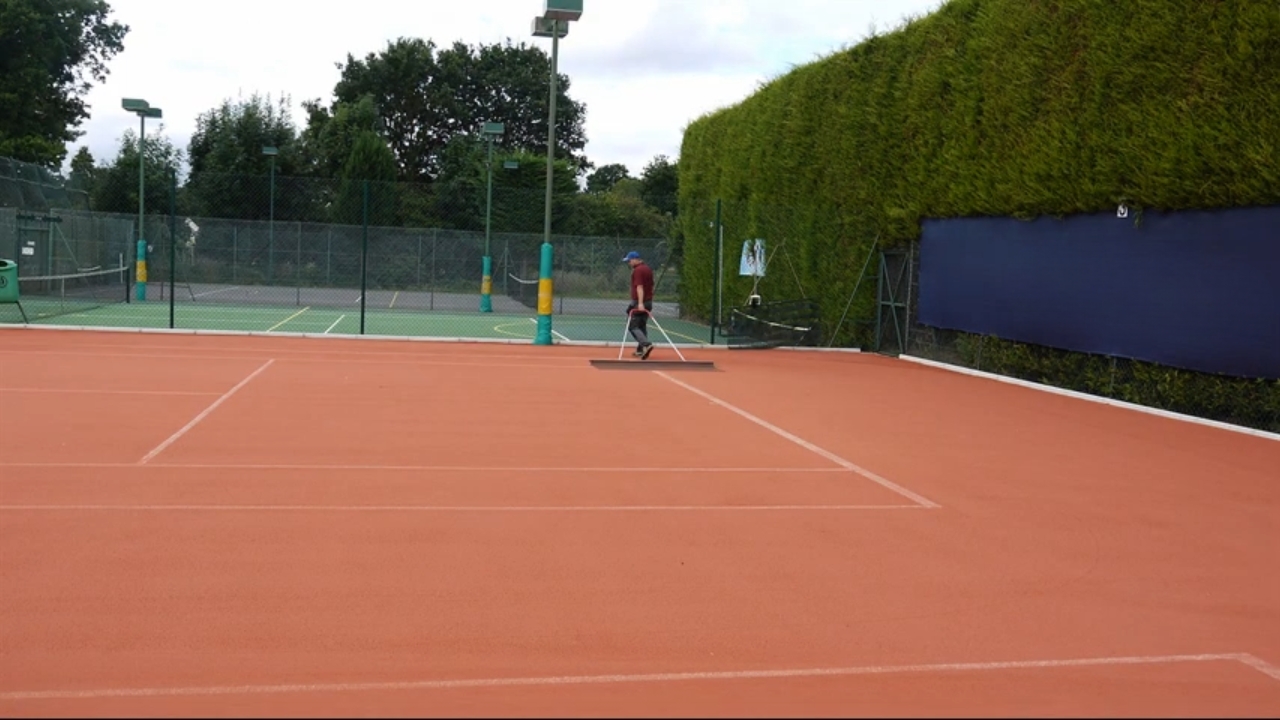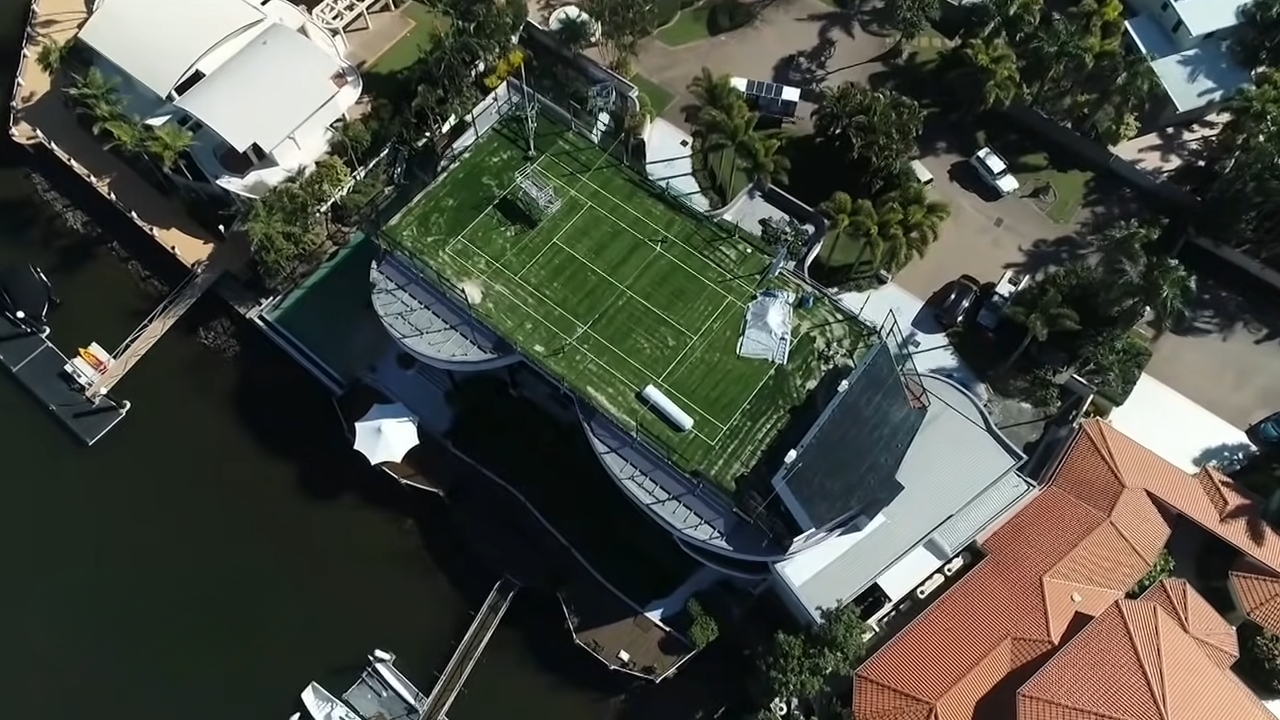Sometimes, it’s hard to find an open court at the park, and having to pack up all your gear and drive there is a pain. Well, have I got some news for you! How does having your own private court in your backyard sound?
Can you imagine waking up, grabbing your racket, and hustling outside without dealing with other people? Paradise! Also, itt ain’t impossible. In fact, with the right plan it don’t have to cost an arm and a leg either.
I’m gonna give it to you straight – building a court is no small feat. But if you’re determined, I’ll tell you everything you need to know to make that dream a reality. So pull up a seat, crack open a cold one, and let’s talk tennis court building 101.
Check the Rules Before You Build!
You gotta make sure your HOA or the city will even let you put in a tennis court. Some places say you can only use certain materials.
Will Your Yard Work for a Court?

Yard
Let’s look at some important things to see if your yard is good for tennis:
- Space – A normal court is 60 feet by 120 feet. You need around 20 feet between the court and stuff like your house or trees. If you don’t have enough room, maybe try a half-court for pickleball instead – it’s a really fun game!
- Sun – The best way to face a court is north to south so the sun isn’t in your eyes when you play.
- Land – You need to check the slope, drainage, and soil. Get an expert to look and see if there will be problems. They can help fix issues with the ground before you build.
What Material Is Best?
When considering what a tennis court is made of, concrete’s durability and consistency are key factors.
Asphalt is the cheaper option, but concrete pays off more over time. Concrete drains better and won’t settle like asphalt can. It also stays more even so your game stays true.
Asphalt can get cracks more easily. Concrete costs more upfront but needs less fixing later on.
Begin With Surfacing Materials

Let’s start with the surface – there are a few things to think about. First, check what your neighborhood allows. They might have rules about what’s safe. Also, think about how you like to play – do you want to zip around or take it easy on your joints?
Hard surfaces like concrete are fast but rough on your body over time. Softer grass and clay are nicer on your knees and ankles if you plan to play a while.
Consider the different surfaces used at the Grand Slams in tennis, each offering unique challenges and advantages that can influence your playing style and strategy.
How Much Extra Work Can You Handle?
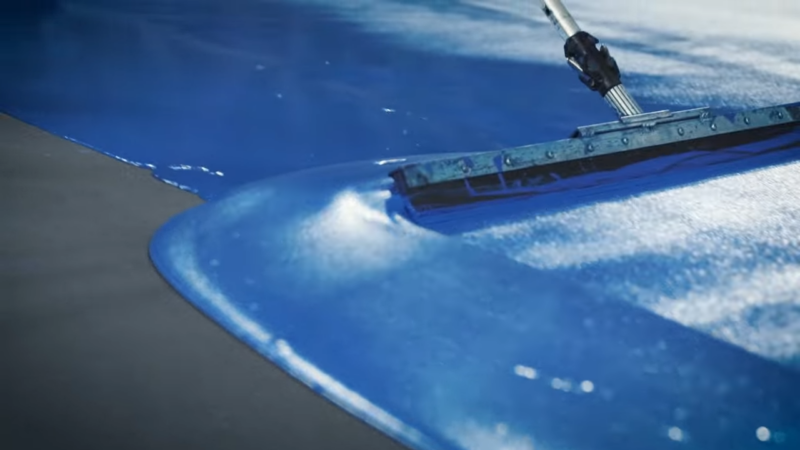
Softer surfaces need more love and attention to stay in good shape. If keeping it maintained sounds like a chore, go for something hard like asphalt that’s low maintenance.
Acrylic surfaces come in lots of colors, too. Lighter shades will keep you cooler in the daytime since they don’t soak up as much heat. Dark colors make the balls and lines pop out more when it’s bright out.
Accessories
Once you pick your surface, it’s time to accessorize! Do you need lights for night games? A shelter from the sun or wind? A hitting wall is fun for solo practice, but not required. Fencing around the outside IS important, though – you don’t want stray balls in the neighbor’s yard!
How Much Will This Cost?

So…the price for a new tennis court will usually be somewhere between $20,000 to $60,000 bucks. It’s not cheap, that’s for sure. But don’t worry, I’ll break it down for ya. The biggest things that make the cost go up or down are the materials and what work needs to be done before you can even start building.
If you go with cheaper materials like regular concrete instead of fancy acrylic surfaces, that’ll save you a bunch right off the bat. And if the land is already perfectly flat instead of lots of hills, that means fewer bulldozers and tools needed to level it out. When it comes to resurfacing, the cost can range from $4,000 to $8,000 depending on the size and condition of the court.
So in the end, it depends on what you want and what work needs doing. Talk to some companies and get quotes so you know what to expect. And if it’s too expensive, maybe just consider fixing up an older court you find instead of a brand new custom one.



